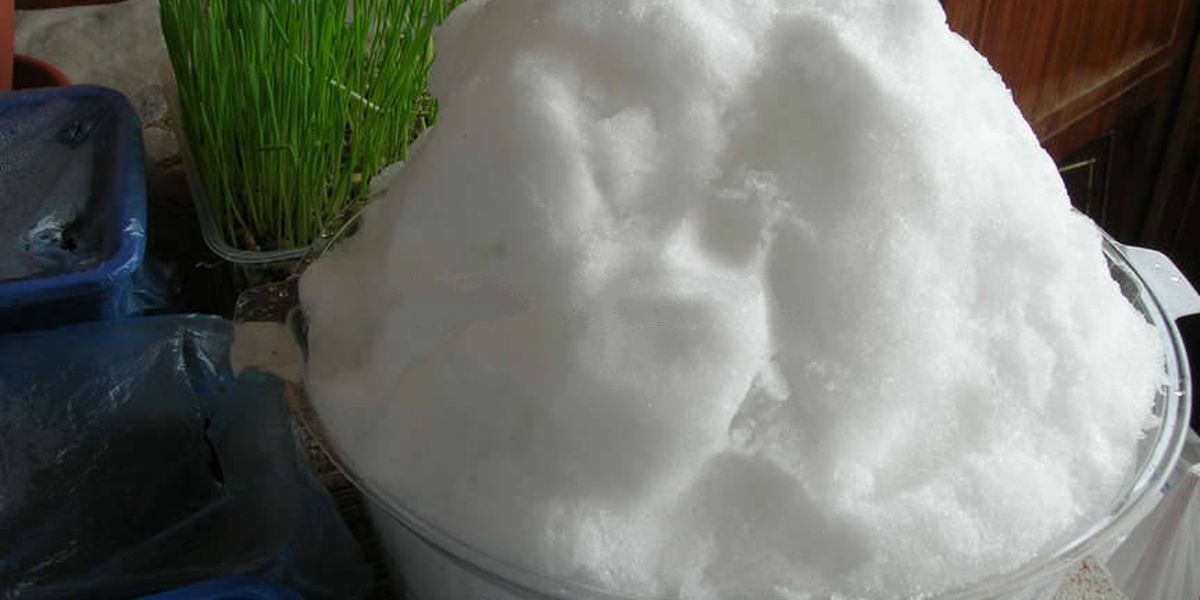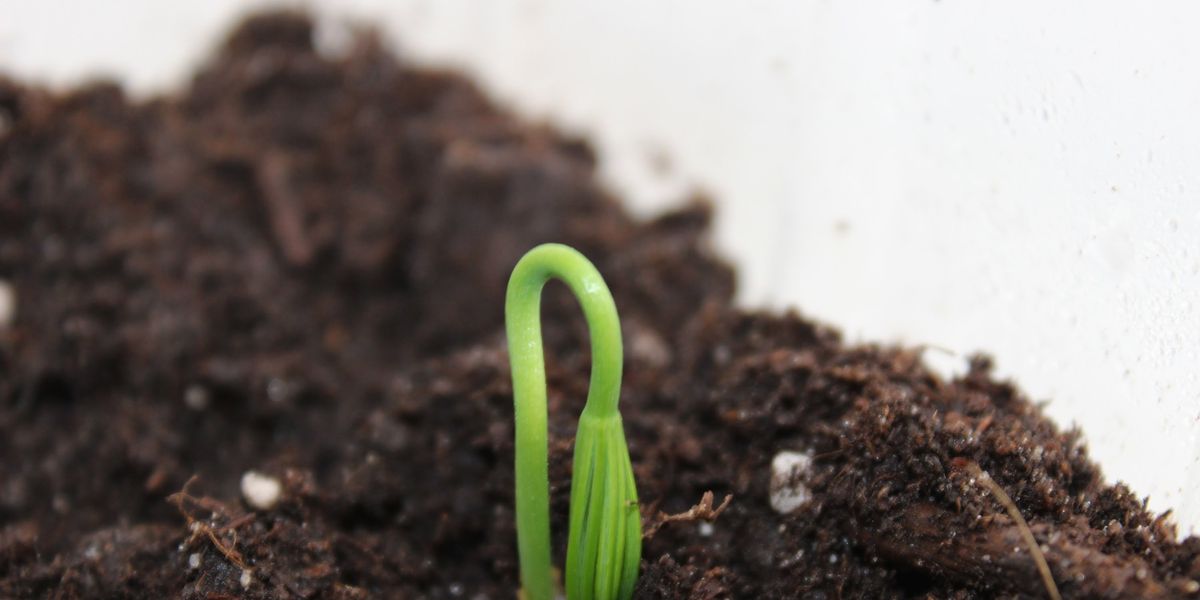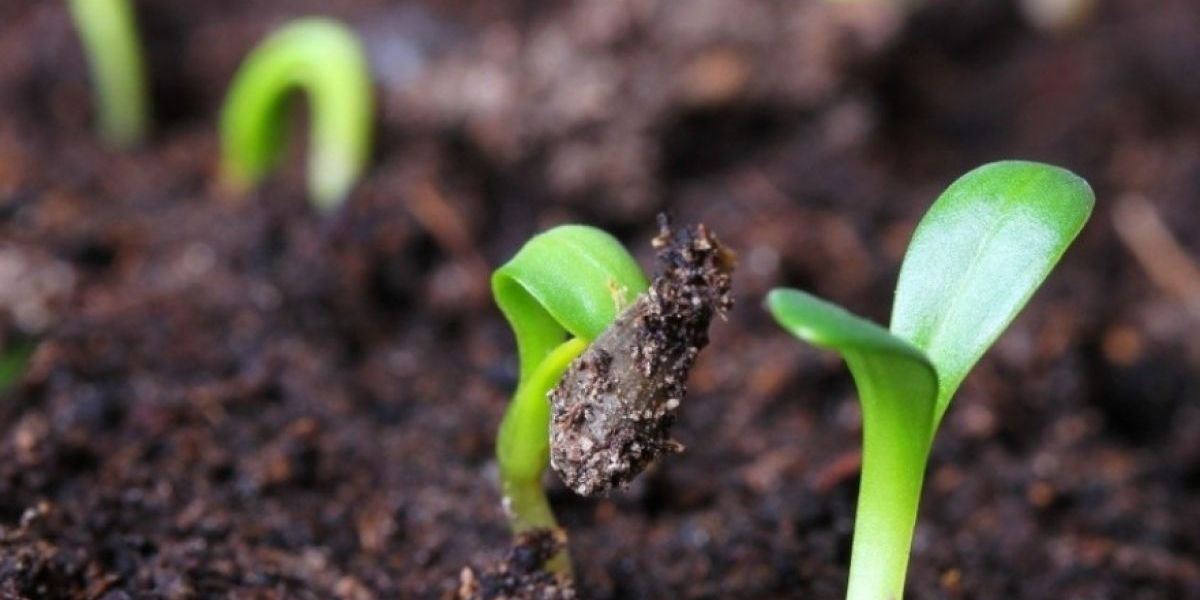Stratification (from Latin stratum — flooring, facere — to do) - is the process of simulating the effect of natural winter conditions on plant seeds so that it is easier for the seeds to germinate, as well as measures to accelerate seed germination and increase their germination, applied before planting. Often include artificially keeping seeds at a certain low temperature for a long time. The seeds of many plants must go through a state of embryonic dormancy, otherwise they will not produce shoots. The dormancy time varies for different plants and conditions, in most cases two months is enough.

In some plants, the seeds are in a state of deep dormancy after ripening, and after sowing only a part of them germinates. The purpose of stratification is to increase germination by preliminary (for example, before planting) bringing the seeds out of dormancy, or rather, passing it in artificial conditions in a shorter time.
In nature, seeds spend the dormant state in the ground in winter. During this time, the hard outer part becomes softer and cracks due to the influence of moisture and frost. In this way, the seeds go through a natural process of "stratification" or pre-treatment. This cold, wet period stimulates the growth of the embryo inside the seed and leads to the subsequent rupture of the weather-damaged shell as the embryo seeks access to sun and food.

The stratification process
Stratification is the process by which seeds are exposed to both cold and moisture. Typically, the temperature should be between 1 and 5 °C. Historically, seeds were laid out (stratified) between layers of damp earth and left outside over the winter. Thus, stratification was the artificial placement of seeds in damp, cold conditions between layers of earth or peat to speed up subsequent germination in the spring. The seeds of many trees, shrubs, and perennial herbaceous plants must undergo stratification in order to germinate.
In its simplest form, when the stratification process is controlled, the treated seeds are stored in a cool (ideally 1 to 3 °C; no freezing) and humid atmosphere for the required period of time for the given type of seed. This period varies from one to three months for different plants. To stratify the seeds, it is enough to put them in a hermetically sealed bag with moist vermiculite, sand or a damp cloth and leave them in the refrigerator. The substrate should be three times more than the seeds, and it is important to slightly moisten it, since too much moisture can provoke germination of seeds with subsequent mold. After the recommended stratification period, the seeds are ready for planting in specially prepared soil with fertilizer.
Another stratification option: plant each seed in small jars filled with moist soil, and then close them in a plastic airtight bag in the refrigerator.

Preparing seeds for stratification
Seeds must be cleaned of soft tissues (pulp, peel, leaves, etc.). The hard part does not need to be removed. Many sources recommend using peat and sand, or vermiculite as a medium for cold stratification of seeds. The medium must be sterile to prevent damage to seeds by pathogens and fungi. Soak the seeds in cold water for 6-12 hours before placing them in the refrigerator - this will help speed up the process necessary for stratification, since the seeds need to absorb a certain amount of moisture to activate the chemical processes inside. Some seeds require a period of soaking in warm water before stratification. The temperature should be 15-20 ° C. Some seeds germinate only in the second spring.

Using fungicides
Using fungicides to moisten the stratification medium will help to avoid fungal diseases of seeds. Copper sulfate is the most commonly used fungicide recommended for growing plants from seeds prone to mold. Different seeds should be in different containers, and large quantities of seeds of the same type should be divided into small batches as well. If fungicides have not been used, it is necessary to carefully check the seeds, removing those that show signs of fungus, mold, rot, or a rotting smell. If fungi do get in, take out all the seeds, treat them with a fungicide, and place them in a new bag with a new medium. The bag should be sealed at all times. Germinated seeds should also be removed from the bags.

Planting and sprouts
Most sprouts, whether in pots or in the ground, like good air circulation, which inhibits fungal growth and helps the trunk grow. The container and germination medium are not so critical, as long as the soil is light but dense. At the same time, it should not be compacted. Sterile soil minimizes the problems of fungal diseases. They are much more common where air circulation is poor.

Most seeds are planted at a depth equal to their thickness in order for them to germinate. Those planted outside should be planted a little deeper to avoid problems during heavy rains or watering. The soil should be moist but never wet, but also under no circumstances completely dry.
Write a comment